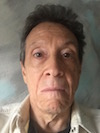 [It’s 40 years this month since Susan Sontag published her book On Photography. It rapidly became, and still remains, the one book of writings on this subject that even people who know little about the medium will most likely have read — just as Edward Steichen’s The Family of Man, first published in 1955, still remains the book of photographs they’ll probably know. (Ironic, since Sontag has nothing but scorn for that project.)
[It’s 40 years this month since Susan Sontag published her book On Photography. It rapidly became, and still remains, the one book of writings on this subject that even people who know little about the medium will most likely have read — just as Edward Steichen’s The Family of Man, first published in 1955, still remains the book of photographs they’ll probably know. (Ironic, since Sontag has nothing but scorn for that project.)
Sontag subsequently acknowledged that photography was not her real subject and had simply served her as a convenient whipping boy, and — in Regarding the Pain of Others (2003) — she eventually retracted most of what she’d had to say in her original diatribe. This goes largely unremarked, certainly by the many who read the first work but never got around to the second.
One exception is Phillip Lopate, who, in his chapter on Sontag’s relationship to photography in his book Notes on Sontag (Princeton University Press, 2009), also pointed this out:
“Still in her Marxist phase, Sontag declared: ‘The best writing on photography has been by moralists – Marxists or would-be Marxists – hooked on photographs but troubled by the way photography inexorably beautifies.’ Characteristically, she did not cite any American contemporary photography critics, such as Alan Sekula, A. D. Coleman, or Max Kozloff, who had been plowing the same ground for some time, but had to reach back to Paul Rosenfeld’s 1924 Port of New York to find another trustworthy countryman.”
Though I don’t consider myself either a Marxist or a Marxist wannabe, I had my own opinions about Sontag’s commentaries on photography, of course. The following essay on her project was drafted especially for the original edition of my own first collection of essays, Light Readings (1979), but — for reasons of space, as I recall — did not make it into the published book. I was never able to find another outlet for it, so I included it in an appendix to the second edition of that book (1998). Part 2 appears below; click here for Part 1. — A. D. C.]
•
Susan Sontag: Off Photography (continued)
… Walter Benjamin, Marshall McLuhan, William Ivins, John Berger, Roland Barthes — these are only a few of the sources of the ideas Sontag presents as, implicitly, her own. She consistently fails to identify their points of origin even when (as with Barthes) she quotes virtually verbatim.[1] I do believe that Sontag owed her readers and her sources the bare minimum acknowledgement of a reading list, if not a specific footnote on each and every reference; that’s a matter of elementary professional ethics.
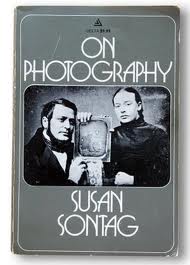 But I am not trying to build a case for an accusation of plagiarism. What I am trying to suggest is that this book is the result of the process I have referred to elsewhere as cannibalism, a natural activity for any sensibility entering a territory new to itself. Sontag has quite obviously ingested the work of a variety of commentators on photography.
But I am not trying to build a case for an accusation of plagiarism. What I am trying to suggest is that this book is the result of the process I have referred to elsewhere as cannibalism, a natural activity for any sensibility entering a territory new to itself. Sontag has quite obviously ingested the work of a variety of commentators on photography.
But ingestion and digestion are two distinct and different functions. What Sontag offers is not a synthesis of these people’s ideas (something that could be both valid and useful), but merely a derivative pastiche. Perhaps another enterprising graduate student could be induced to assemble a book of direct quotations from Sontag’s sources, a compilation of the originals for which Sontag has provided cover versions.[2]
Yet the omissions from Sontag’s self-education are as notable as the inclusions. There is little evidence of any grounding in the tradition of photography criticism — no indication that she’s read Dallett Fuguet or Sadakichi Hartmann, for instance. It’s apparent that she’s made little or no contact with the work of such practitioner-theorists as Wynn Bullock, Ralph Hattersley, Henry Holmes Smith, or Minor White. (In fact, her few references to the writings of contemporary photographers are fully encompassed by Beaumont Newhall’s History of Photography, the anthology Photographers on Photography, Weston’s Daybooks, and the [1972 Museum of Modern Art] Arbus monograph.) And there’s no sign that she’s inquired into the areas of visual perception and visual communication from either a physiological/psychological or a sociocultural point of view.
In short, she has chosen to derive her ideas almost completely from a group of theorists much like herself.[3] By and large, their orientation to photography originates from a prior commitment to written language forms; and, by and large, their relationship to photography could be described as a glancing one.
Thus — issues of plagiarism/cannibalism aside — it can be seen that Sontag has gravitated to that segment of photography’s larger field of ideas which is naturally and irresistibly attractive to word-oriented people. So a considerable element in her approach and choice of tone is the result of the clash between that orientation, with all its inbuilt premises and biases, and the problems and issues of visual communication generally and photographic communication specifically.
•
A form of antagonism to which I am prone myself and have gone so far as to term paranoia is a natural (and, I believe, healthy) response of one with rational/linear predilections when forced to confront a communicative mode which to some extent always bypasses the conscious intellect. Any serious involvement with photography is in essence a philosophical activity. Such a medium as this, with its awesome potential for manipulation, its lack of an ethical tradition, and its frustrating resistance to critical/analytical codification, can be very frightening indeed.
But another of Sontag’s many failures is that she never comes to grips with that aspect of the medium, never sees it for the challenge that it is from the standpoint of image-making and mass communication, never acknowledges that power as potential raw material for creative expression, metaphysical inquiry, social change or perceptual evolution. Instead, she chooses to impeach and invalidate it, as if dismissing it out of hand — a purely rhetorical act with absolutely no meaningful long-term effect on the medium or its audience.
What were her alternatives? She could have directed her questioning to the areas of visual perception and communication, as previously mentioned. She could have explored the vital issue of right hemisphere/left hemisphere consciousness and the related implications of the emergence of a means for mass visual communication. She could have considered the linguistic linkages between written and visual language forms, since her work operates on the borderline where they meet. She could have proposed ways in which photography could live up to her standards and function as a positive force in the world. She could even have tried to write not only about photography but about photographs.
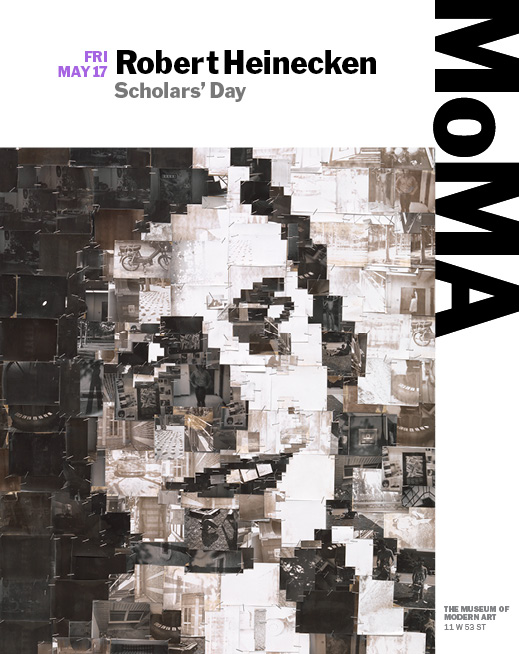 One of the book’s most undermining weaknesses and chief disappointments, beyond its lack of foundation in photography’s morphology and hermeneutics, is its scanting of applied exegetics — the consistent refusal to address bodies of work and single images, the primary works in the medium. The book’s jacket blurb promises “illuminating discussions” of the work of a list of “important photographers.” Yet Sontag appears to be absolutely unable to respond coherently to the imagery itself. One would be hard-pressed to identify a single image in the book which is, in fact, “discussed”; most are simply referred to, mentioned in a sentence. And the oeuvres of the photographers she considers are reduced simplistically to a single theme or idea each.
One of the book’s most undermining weaknesses and chief disappointments, beyond its lack of foundation in photography’s morphology and hermeneutics, is its scanting of applied exegetics — the consistent refusal to address bodies of work and single images, the primary works in the medium. The book’s jacket blurb promises “illuminating discussions” of the work of a list of “important photographers.” Yet Sontag appears to be absolutely unable to respond coherently to the imagery itself. One would be hard-pressed to identify a single image in the book which is, in fact, “discussed”; most are simply referred to, mentioned in a sentence. And the oeuvres of the photographers she considers are reduced simplistically to a single theme or idea each.
To refer en passant to extended bodies of work, as Sontag does, is not the same as entering into a true critical relationship with them. To pretend otherwise, as Sontag does, is to commit the same sin of which Sontag repeatedly accuses photography: substituting references to the subject for a true engagement with and analysis of it.
Sontag has no inkling of how a photographic body of work can evolve organically; in fact, at one point she denies that very possibility.[4] She also seems to have no notion of what constitutes an individual vision in the medium; the only photographers about whom she’s written at length are Diane Arbus, Leni Riefenstahl (in the original series of essays, but excluded from this book), and Peter Hujar (in her introduction to his monograph, also not included here) — hardly a representative sampling of the field.
•
At the root of this, I think, is her obliviousness or indifference to photographs as objects, or as anything other than what John Szarkowski has defined as “windows.” There is only one fleeting phrase in the entire book which suggests any awareness on her part that photographs might be sensually provocative artifacts.[5] She demonstrates no particular interest in vision, the primary act of photography, nor any concern with its primary element, light, either as a phenomenon to be observed or a bounty to be shed.
This absence of any involvement with the tangible physicality of photographs as things is hardly the necessary consequence of her not being a photographer. Any number of non-photographers have written eloquently and perceptively of the sensory rewards of contemplating photographs. Nor is it caused by her choice of medium; writing (or at least certain modes of writing) can be intensely imagistic and visual. “The sense of sight,” wrote Sydney Smith in the early 1800s, “is indeed the highest bodily pleasure, the purest physical pleasure, which man has derived from his Creator.”
Rather, this absence seems to be part and parcel of a pervasive anti-sensuality on Sontag’s part that infects her outlook on the entire world. Early in the book, she announces that “Recently, photography has become almost as widely practiced an amusement as sex and dancing …” This is an unacknowledged paraphrase of Alfred Stieglitz’s statement of 1897, “Photography as a fad is well-nigh on its last legs, thanks principally to the bicycle craze.”
But Sontag’s triadic equation is most revealing. Both sex and dancing are primal, powerful human impulses which involve the centering of self, the abandonment of ego, and the approach to ecstasy. My own reservation about equating photography (rather than vision) with the first two is that it may well be overrating the medium to place it in such rarefied company. For Sontag, however, the function of the equation is to permit her to dismiss all three activities as trivial “amusements.” (And this from someone who once called for “an erotics of art”!)
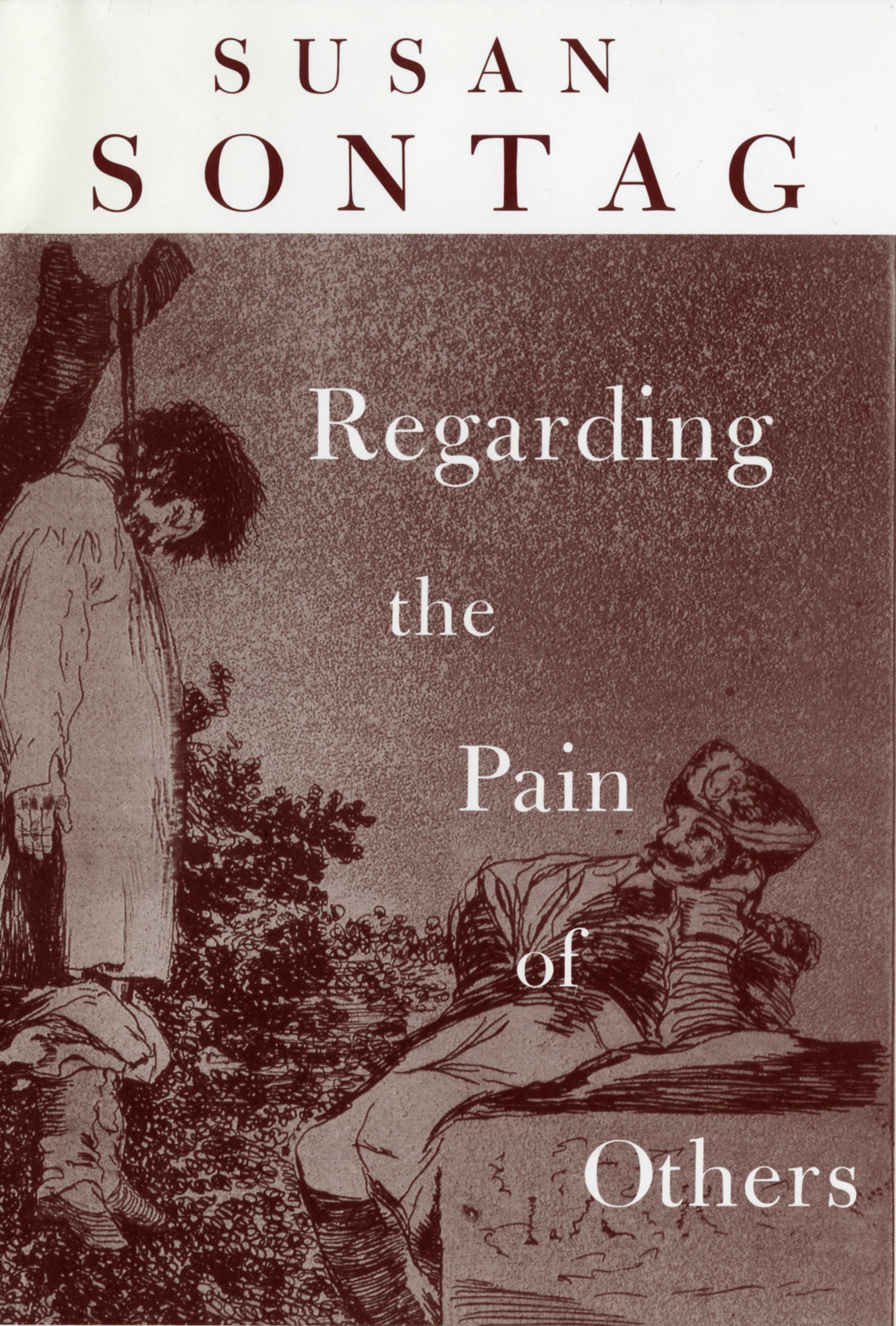 The attitudes toward sex, dancing, sight, ecstasy, and sensual/sensory experience generally that underpin that sentence of Sontag’s are echoed on several occasions further on in the book. They suggest an autobiographical impulse behind this book, for which photography is only the pretext.
The attitudes toward sex, dancing, sight, ecstasy, and sensual/sensory experience generally that underpin that sentence of Sontag’s are echoed on several occasions further on in the book. They suggest an autobiographical impulse behind this book, for which photography is only the pretext.
This is borne out by Sontag’s discussion of her memory of exposure at the age of twelve to photographs from the concentration camps, an experience she discusses in the language of painful, frigidity-inducing defloration. (“I felt irrevocably grieved, wounded, but a part of my feelings started to tighten; something went dead; something is still crying.”) And it is carried further in her frequent equating of still photography with death, which may well relate to her own illness and her fascination with sickness and mortality.
It is not my intent to inflict Sontag or her book with amateur psychologizing. I simply wish to indicate another manifestation wherein the real core of the book reveals itself to be not photography but something else: autobiography, virtuoso showcase, epigrammatist’s exercise book. That photographs can have moral resonance for Sontag is patently evident from her account of that childhood confrontation with the medium’s witnessing powers. But her instinctual response to the frequent grimness of the messages photographs bear has been to kill the messenger.
I regret very much that Sontag sidestepped the issue she pretends to address, because it is a vital one and merits her full attention. The effort she put into this book was sufficient to create the skeletal structure on which a meaningful body of photography criticism could be built. Instead, she opted to create a circular system of thought that does not lead the reader to further thinking about the medium but suggests that the case against it is closed, and that does not encourage any encounter with the medium, either directly in the practice of it or in response to its primary objects, the images themselves.
Whatever one might call that — style, rhetoric, polemic — it is surely not criticism. In the final sentence of her final essay she writes, “If there can be a better way for the real world to include the one of images, it will require an ecology not only of real things but of images as well.” The act of criticism begins with the application of such theoretical constructs as fill this book to that world of images, both to test their validity and in search of the infrastructure for such an ecology. But that is where Sontag stops.
(Part 1 I 2)
•
Notes:
[1] E.g., here’s Roland Barthes on campaign photographs of politicians: “A three-quarter face photograph, which is more common [than frontality], suggests the tyranny of an ideal: the gaze is lost nobly in the future, it does not confront, it soars, and fertilizes some other domain, which is chastely left undefined.” From “Photography and Electoral Appeal,” circa 1955, in Mythologies (New York: Hill and Wang, 1975), pp. 92-93.
And here’s Sontag, two decades later: “For politicians the three-quarter gaze is more common [than frontality]: a gaze that soars rather than confronts, suggesting instead of the relation to the viewer, to the present, the more ennobling abstract relation to the future.” Op. cit., p. 38.
[2] Here, for example, a passage from the Walpurgisnacht climax of Robert Coover’s novel, The Origin of the Brunists, first published in 1966, numerous variations of which crop up in Sontag’s text: “Amateur photographers added their Brownies and Polaroids to the one-eyed host that encircled the worshippers, conspiring to nail them forever to this time and place, and Miller noticed that the one thing that drew the crowd’s attention from the hill were the instant copies of the Polaroid cameras, exciting them even more than watching the real thing.” (New York: The Viking Press, 1978), p. 489.
[3] Curiously, her most frequently acknowledged sources of insight into still photography are film directors. Godard, Hitchcock, Antonioni, Dziga Vertov, Buster Keaton, Michael Powell — the photographers and/or relationships to photographs and photography in their films, all of them fictionalized, are cited as if they provided not only insight into the ways photographers think but proof of same. Why she would consider as authoritative filmmakers who have never done serious work in still photography remains unclear, as do her motives for privileging film directors over cinematographers in this regard.
[4] On Photography, p. 137. I should add that this peculiar assertion of hers became one of the goads that led me to draft and publish a working definition of the body of work in photograph — to the best of my knowledge, the first such ever offered. See “On Redaction: Heaps and Wholes, or Who Empties the Circular File?” in Depth of Field: Essays on Photography, Mass Media, and Lens Culture (Albuquerque: University of New Mexico Press, 1998), pp. 2-24.
[5] In fact, on re-reading On Photography I found two: “Photographs, when they get scrofulous, stained, cracked, faded still look good; do often look better” (p. 79). And: “What most people know of the famous photographs — in books, newspapers, magazines, and so forth — are photographs of photographs; the originals, which one is likely to see only in a museum or a gallery, offer visual pleasures which are not reproducible” (p. 140). She has nothing else whatever to say on the matter.
•
This post sponsored in part by donations from David Wunsch and 20×24 Studio.
•
 Special offer: If you want me to either continue pursuing a particular subject or give you a break and (for one post) write on a topic — my choice — other than the current main story, make a donation of $50 via the PayPal widget below, indicating your preference in a note accompanying your donation. I’ll credit you as that new post’s sponsor, and link to a website of your choosing. Include a note with your snail-mail address (or email it to me separately) for a free signed copy of my 1995 book Critical Focus!
Special offer: If you want me to either continue pursuing a particular subject or give you a break and (for one post) write on a topic — my choice — other than the current main story, make a donation of $50 via the PayPal widget below, indicating your preference in a note accompanying your donation. I’ll credit you as that new post’s sponsor, and link to a website of your choosing. Include a note with your snail-mail address (or email it to me separately) for a free signed copy of my 1995 book Critical Focus!
 But wait! There’s more! Donate now and I’ll include a copy of The Silent Strength of Liu Xia, the catalog of the 2012-13 touring exhibition of photos by the dissident Chinese photographer, artist, and poet, currently in her sixth year of extralegal house arrest in Beijing. The only publication of her photographic work, it includes all 26 images in the exhibition, plus another 14 from the same series, along with essays by Guy Sorman, Andrew Nathan, and Cui Weiping, professor at the Beijing Film Academy.
But wait! There’s more! Donate now and I’ll include a copy of The Silent Strength of Liu Xia, the catalog of the 2012-13 touring exhibition of photos by the dissident Chinese photographer, artist, and poet, currently in her sixth year of extralegal house arrest in Beijing. The only publication of her photographic work, it includes all 26 images in the exhibition, plus another 14 from the same series, along with essays by Guy Sorman, Andrew Nathan, and Cui Weiping, professor at the Beijing Film Academy.


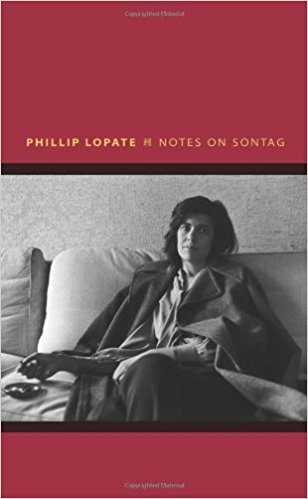
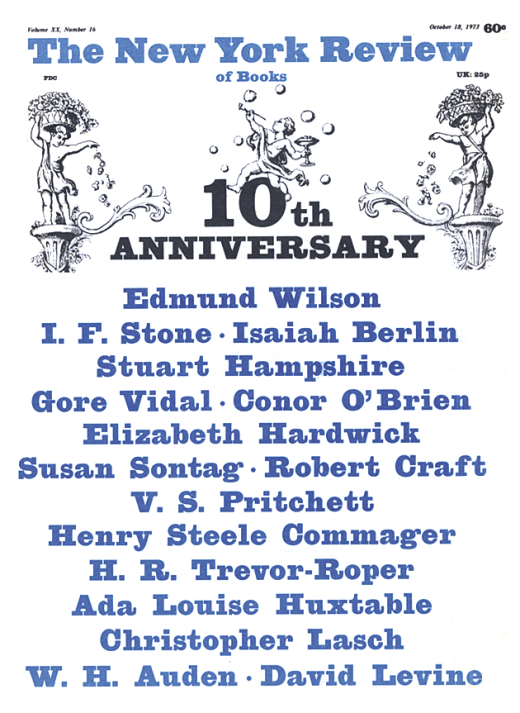
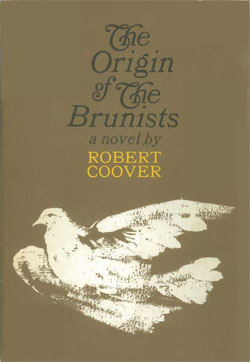




Bravo, AD.
I read about 1-1/2 pages of the book and just put it back on the shelf. Your essay tells us all what is, and is not, going on there.
One of the great intellekshuble charlatans of our time. (No, charlatans are not incompetents; on the contrary, they are very good at what they do….)
I hope that Allan’s harsh analysis of Sontag doesn’t keep people from reading her. He inspired me to reread a book which I hadn’t looked at since December of 1977 when I picked it up in a bookstore in Harvard Square. Sontag is sometimes painfully wrong, e.g. (p. 146) she asserts “no one expects photographers to get help from painting,” which displays an ignorance of the early 20th century photo-secession movement that was deeply rooted in the European painting of the last third of the previous century.
Sometimes very good writing about photography emerges from critics who don’t have a history as critics in the medium. I’m thinking here of Lincoln Kirstein’s great essay that accompanies Walker Evans’s American Photographs. Sontag nearly achieves that level. She read widely, and the book is rich in quotations and sundry observations, some of them prescient. I liked her “The real difference between the aura that a photograph can have and that of a painting lies in the different relation to time. … part of the built-in interest of photographs and a major source of their aesthetic value is precisely that transformation that time works upon them, the way they escape the intentions of their makers.”
True, Barthes earlier made the same observation but I’m certain that the thought did not begin with him. And I like her quote from Cartier-Bresson that photography may have become “too fast.” One wonder what he would say about the age of digital photography – one that awaits its critic.
She connects photography and sex: “The possession of a camera can inspire something akin to lust. And like all credible forms of lust it cannot be satisfied: first because the possibilities of photography are infinite; and second because the project is self-devouring. The attempts by photographers to bolster up a depleted sense of reality contribute to the depletion.”
I hope these few samples will encourage people to pick up and read this slim book for themselves. They will not be disappointed.
ADW
Just as it’s never my intent to discourage anyone from engaging with a photo, or a bunch thereof, and formulating his or her own opinion of said picture(s) rather than adopting my response as a substitute, I never seek to turn anyone away from an encounter with someone’s writing, even if I disagree with it profoundly or think it ultimately trivial. To the contrary, I don’t take seriously any response to photographs or writing that doesn’t ground itself in direct encounter with the works in question. (See my series of posts from 2013, “How to Talk Through Your Hat,” in that regard.)
Fortunately, I don’t think we need to worry about that in regard to Sontag’s tome. Just about anyone actively involved in photography today will have read it — either perforce when assigned it in school or else on their own. Of much more concern to me — perhaps to David Wunsch too — is the fact that far fewer will have read the follow-up, Regarding the Pain of Others, in which she recanted most of On Photography (oops!) … leaving little more behind than the cute aphorisms, like the smile of the Cheshire cat.
The quote from her book about the relation of photographs to time is simply another idea stolen from Walter Benjamin, who first articulated the concept of the aura. As someone who (sometimes irking my readers) insists on quoting accurately and crediting my sources, even when it interrupts the flow of my prose, I find such unacknowledged borrowings not just unprofessional but, on the deepest level, immoral. And yes, since you asked, there are moral — and immoral, and amoral — ways of writing ratiocinative prose.